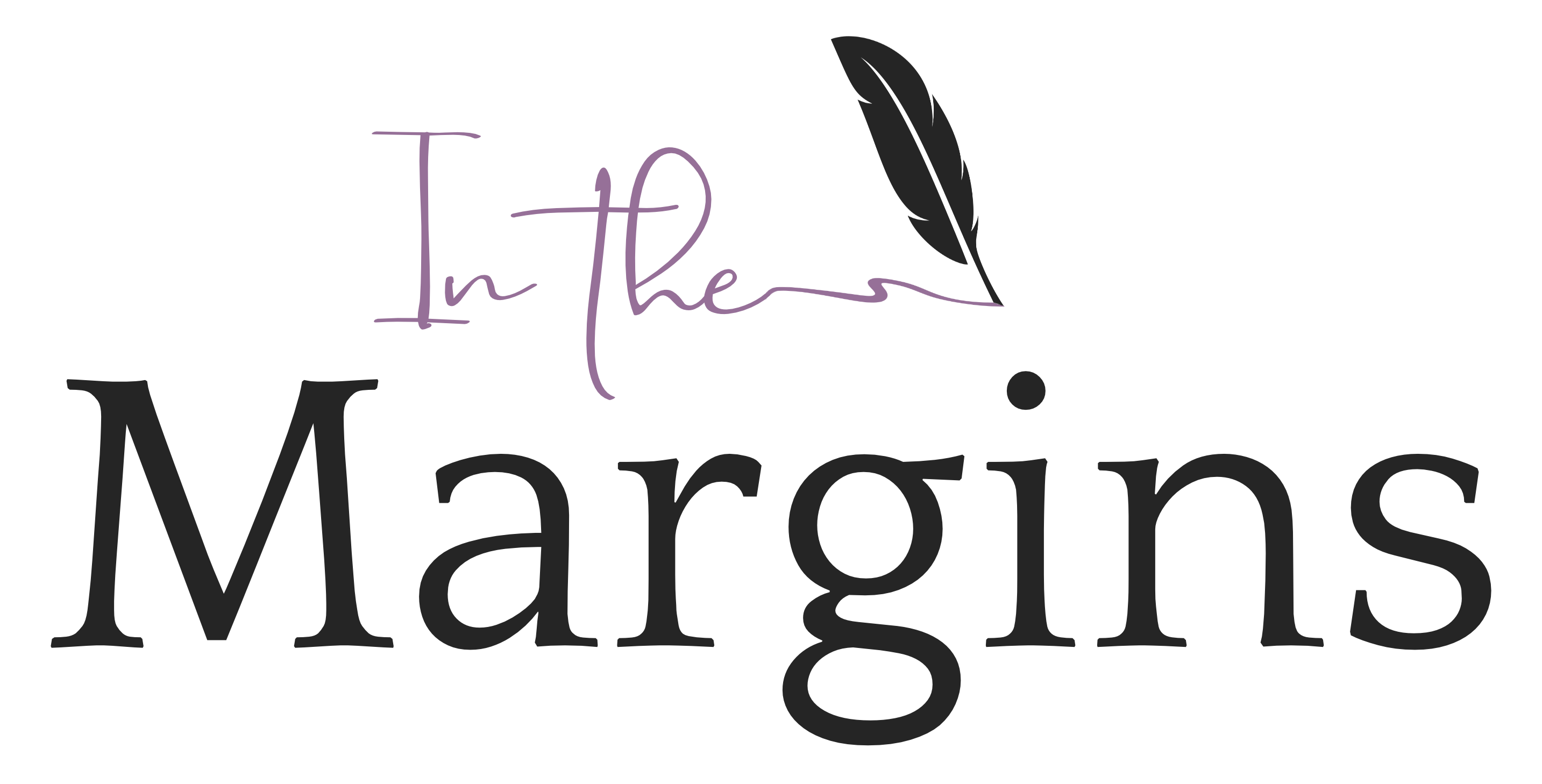Revising a first (or second or third) draft can feel overwhelming. Make it easier on yourself by working in pieces—or passes. Rather than trying to fix plot holes alongside misplaced commas, instead deal with the big problems first and work your way down to typos.
Where to Start and How to Move Forward Through Revision Passes
My developmental editing reports can be chunky reads of their own. Combine that with hundreds (or sometimes 1000+) of comments in the margins of the manuscript document, and deciding where to begin your revisions can seem daunting.
To help with this, I include a section in my report with suggestions on where to begin and how to move forward. I try to tailor this to each client depending on the issues I addressed in my report, but here’s a generalized version:
- Make a copy of your document. Save one of them as “First Draft,” and the other as “Second Draft” (or whichever number you’re on). You want a backup in case you decide you preferred something another way, or need to work back in details you remove, etc.
- On your first pass, work on making cuts. This eliminates a lot of the bloat, making your next pass faster. Trim down your info dumps, look for repetitive details, etc. and pull them out. (Saving your cuts in a spare document is fine, just in case you decide to work something back in on a later pass.) As you read through to make cuts, also take time to note what you may want to reorganize—don’t do it while making your cuts, just be mindful of it.
- Next, go through and start making those organizational changes. As you do so, take notes about what adjustments you may need to make based on the moves to ensure your plot points and timeline don’t get out of whack. (For example, let’s say your character does something or finds out key information in Chapter 10. Later, you realize that Chapter 11 gives some background details and works way better if you move it up to become Chapter 8. Make sure that it doesn’t reference whatever was discovered in Chapter 10.)
- Now it’s time to go through and start adding words back in. Fill out the missing aspects of your world. Round out characters who aren’t coming alive as you want them to. Sew up those plot holes. (This goes hand-in-hand with the note about any organizational changes: start to fix items that may have come out of order.)
- Revise for style and voice. When the big elements have been cut, shifted, and filled back out, you can move into stylistic changes at the sentence- and paragraph-level. You may want to read aloud for this as it will help you hear where you need to work on clarity or smoothing out your wording. This is where bland descriptions can also come to life, allowing your voice to come through stronger.
- Get into the grammar and punctuation. Save the vague pronouns and misplaced commas for your last pass. There’s no sense in diving deep into grammatical corrections or fixing typos before you make major changes, as you’re likely to create more. Only when you’re happy with everything else is it time to get into the technical stuff.
You may have noticed that my suggestions for revision follow the same order that one hires editors: big to small, or developmental to proofreading.
Why? Because we don’t paint walls that we’re about to tear down—that’s creating more work down the line. By creating a structure plan for your revisions, you keep yourself from becoming overwhelmed AND, hopefully, from having to repeat copy or proofreading revisions.
What’s your approach?
This is my suggested approach to revising, but we all work differently.

